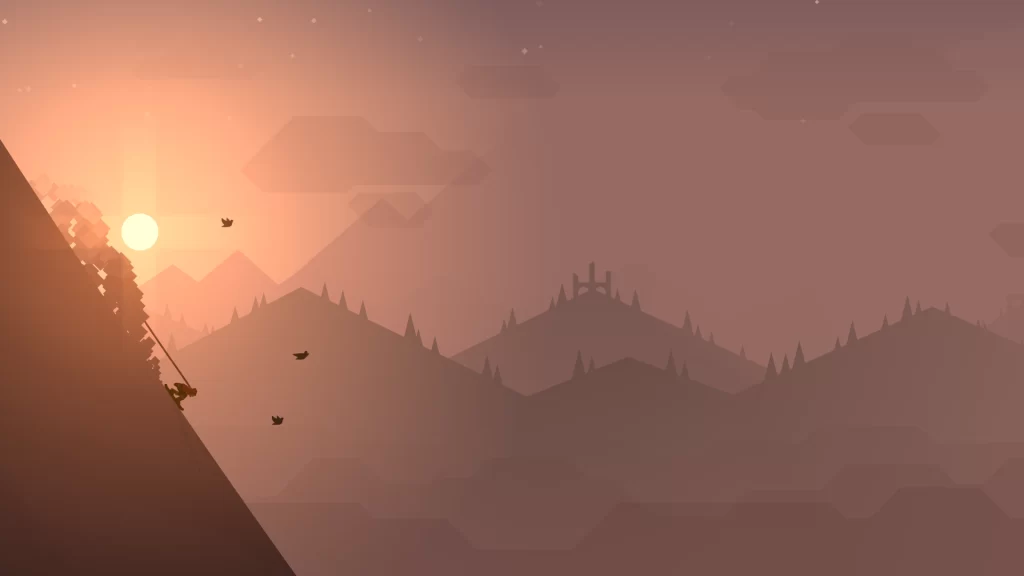Creating a game is no easy feat; planning and organization are crucial throughout all stages of development, and proper documentation of ideas within the title is essential. This is where the game design document template (also known as GDD) comes into play, and every successful game development team relies on it.
In simple terms, a GDD is a document that describes every aspect of a game, going from its story, main characters, worldbuilding, and gameplay mechanics/elements to its art style, sounds, and environments.
Often considered the guiding light for the development team, the GDD keeps everyone on the same page, ensuring the project stays organized and on the right track. Moreover, the document is essential for ensuring that all stakeholders, including investors and publishers, understand what’s being created and can provide appropriate feedback and support.
But how is such a document created and what goes into one? Well, this is what you’ll find out throughout this article.
Don’t miss: 10 of the most famous video game programmers – who are they?
What goes into a game design document template?

A comprehensive game design document template should cover several key areas to flesh out the vision for the game fully. It typically starts with a high-level executive summary outlining the core concept, genre, target audience, and unique selling points. This is followed by an in-depth look at the core gameplay loop that players will repeatedly experience.
The GDD template then dives into specifics like the key mechanics driving the gameplay, the cast of characters and richly detailed environments they inhabit, and any overarching narrative or story elements. Supplementary sections may cover the UI/UX, art style, technical specifications, business model, localization plans, and projected development timeline.
We’ll go into the specifics of how to write a game design document below, but, before we do, look at these two free templates from the internet: the one-page GDD and the “bible” GDD.
Step 1: write a high-level overview (executive summary)
The first section of your game design document should provide a high-level overview of your idea. It should briefly describe the game’s concept, genre, target audience, story, budget, development timelines, and overall vision.
This section should also outline the game’s unique selling points and what sets it apart from competitors in the market. Are you introducing a novel game mechanic or putting a fresh spin on an existing genre? You need to clearly articulate what makes your game unique and appealing to players.
Additionally, you may want to include a list of similar games or inspirations and how they have influenced your original game idea. This provides additional context for your game’s positioning in the market and your understanding of its highly competitive landscape.
During this step, it’s important to strike a balance between conciseness and depth. Your goal is to pique the reader’s interest and convey the game’s core promise without overwhelming them with excessive, minute details. If it helps, think of it as an elevator pitch.
Step 2: describe your core gameplay loop
The core gameplay loop is the fundamental set of actions that players will perform over and over again throughout the game. It’s the heart of your title’s experience, and it’s important to describe it in detail.
In this section, you need to break down the core gameplay loop into its individual components and explain how they work together to create an engaging and satisfying experience. This might include describing the player’s objectives, the challenges they will encounter, the actions they can take, and the rewards/feedback they will receive for their efforts.
For example, in a role-playing game (RPG), the core gameplay loop might involve exploring environments, battling enemies, gaining experience and loot, and leveling up a character. In a puzzle game, it could revolve around solving increasingly complex puzzles, unlocking new mechanics, and progressing to the next level.
It’s also essential to outline how the gameplay loop escalates as the player progresses through the game. Will new elements be introduced to maintain a sense of freshness and challenge? Will the difficulty curve gradually increase or feature spikes at certain points? Addressing these questions will help paint a clearer picture of the gameplay experience you’re aiming to create.
Step 3: describe your game’s key mechanics
While the core gameplay loop provides an overview of the main actions players will take, this section of the game design document template should delve deeper into the specific mechanics making them up.
Here, the goal is to describe in detail how each mechanic works, including any rules, systems, and interactions involved. For example, if your game features combat mechanics, you’ll want to explain how players attack, defend, use special abilities, and manage resources like health and mana.
In addition to explaining them, this section should address how these mechanics will be introduced and taught to players. Will there be a dedicated tutorial or will players learn through organic gameplay experiences? Considering the onboarding process will help ensure a smooth learning curve and prevent frustration for new players.
Step 4: describe your characters and environments

Characters and environments are crucial elements that bring your game world to life and provide context for the player’s actions and experiences.
In this section, you will introduce and describe the main characters in your game, including their backstories, personalities, abilities, and roles within the narrative or gameplay. If your game features a diverse cast of playable characters, be sure to outline their unique traits and any customization or progression options available to players.
Additionally, you’ll want to talk about the different environments or levels players will explore, detailing their visual aesthetics, layouts, and any notable features or challenges they present. This includes descriptions of environmental hazards, puzzles, or secrets that add depth and replayability to each area.
Step 5: if applicable, describe your game’s story
For games with a strong emphasis on storytelling, you’ll want to dedicate a separate section to outlining the game’s narrative in greater detail.
Write down a synopsis of the overall story, as well as descriptions of the major plot points, character arcs, and any branching or alternative storylines that players may encounter. Additionally, provide information about the game’s tone, themes, and the emotional or intellectual experiences you aim to evoke in players.
If your game features dialogue or cutscenes, this section should also include sample scripts or storyboards to illustrate how the narrative will be presented and integrated into the gameplay experience. This will communicate your vision and serve as a reference point for writers, voice actors, and animators.
For games with particularly complex narratives, it’s worth including a dedicated section on worldbuilding, in which you’ll talk about the game’s cultures, religions, and any other background information that provides depth to the game world.
Other key information your game design document template should cover
While the sections outlined above cover the core components of a GDD, there are several other elements that you may want to include: user interface (UI) and controls, audio and visual style, technical requirements, monetization and business model, localization and accessibility resources, development roadmap and milestones, and estimated development costs.

Game design document template: closing thoughts
All in all, a well-crafted game design document template is an invaluable tool for any game development team. It serves as the definitive blueprint that aligns everyone’s efforts toward a singular, cohesive vision.
Some of the most legendary games in history have relied on extensive GDDs to bring their ambitious concepts to life – from Diablo’s simple 10-page GDD to Dirty Bomb’s and AGE 2’s “bible” GDDs. And, throughout this article, you have learned the basics of how to write one!
Looking for game development services?
Whether your GDD is a lean one-pager or a multi-hundred-page game bible, Main Leaf Games is a one-stop shop for all things game development.
Over the years, we’ve helped many clients transform their ideas into a fully-fledged game and countless developers with game design, asset creation, and general game development services, and we’d be happy to do the same for you.
Contact us below to learn more about our game development services – we’ll answer all your doubts within 24 hours!

